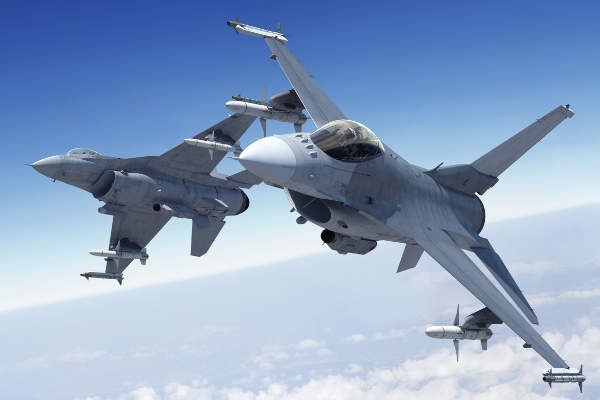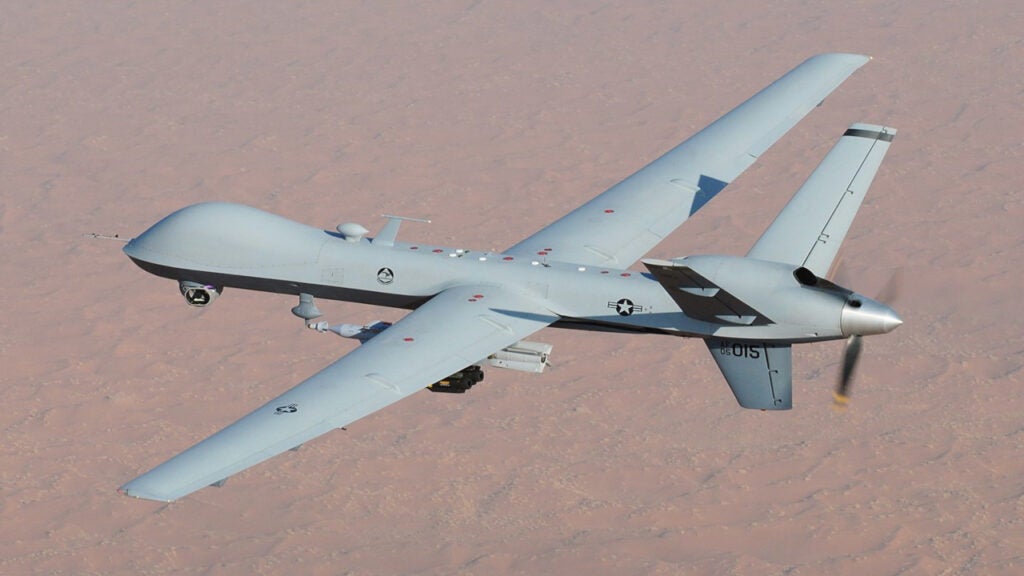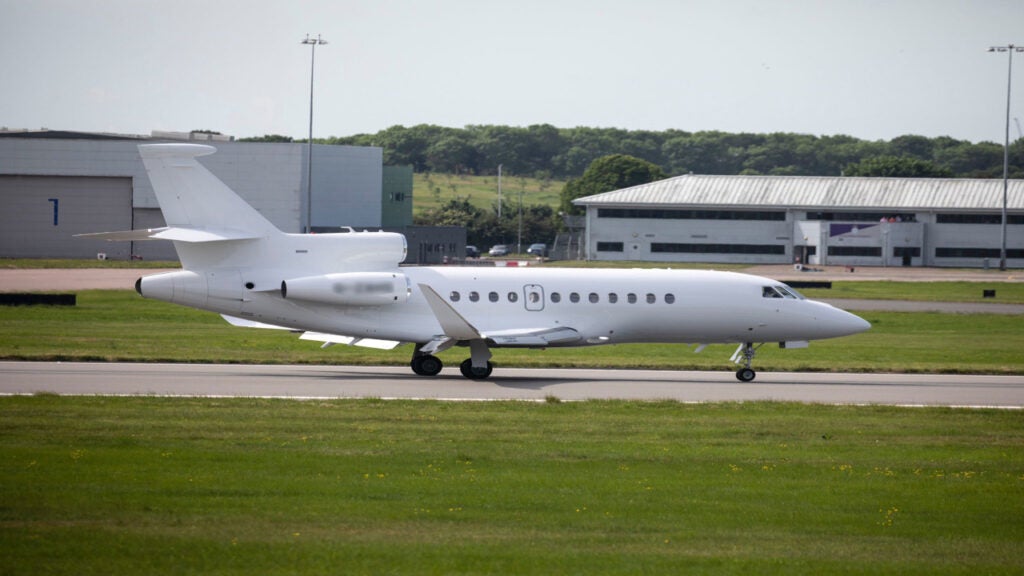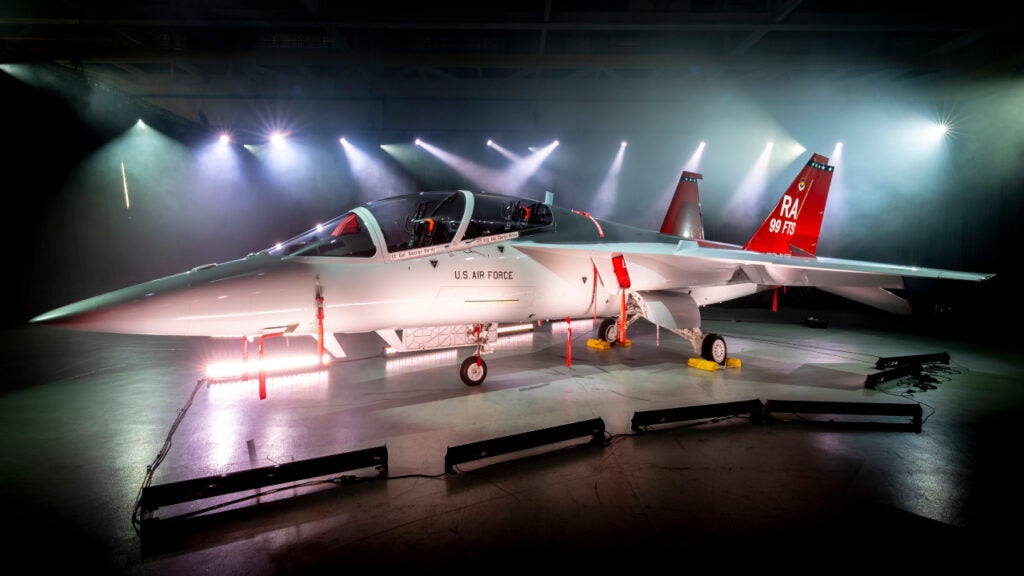
The F-16V or Viper is the latest variant of the F-16 Fighting Falcon fourth generation, multi-role, fighter aircraft manufactured by Lockheed Martin. The Viper integrates advanced capabilities as part of an upgrade package to better interoperate with fifth-generation fighters, including the F-35 and the F-22.
The fighter jet can be deployed in the suppression of enemy air defences (SEAD) missions, air-to-ground and air-to-air combat and deep interdiction and maritime interdiction missions.
The aircraft features airborne mission role-change capability and can detect and track time-critical, hard-to-find targets in all weather conditions. It also reduces operational costs for the users.
F-16V development
The F-16V jet fighter was unveiled at the Singapore Airshow in February 2012. The Viper configuration is available as a new production aircraft, while a components upgrade is also being offered for the existing F-16 versions.
Lockheed Martin received a $1.85bn contract from the US Government to upgrade 145 Block 20 F-16A/B aircraft for the Republic of China (Taiwan) Air Force in October 2012. The upgrades are based on the F-16 Viper version.
The integration of a new active electronically scanned array (AESA) radar on the Viper aircraft was concluded in August 2014.
In October 2015, Lockheed Martin displayed the F-16V cockpit demonstrator in Jakarta, Indonesia, for the Indonesian Air Force.
The company is in discussions with the Indonesian Government for a possible sale of the F-16 Viper aircraft. The Indonesian Air Force plans to acquire two squadrons of F-16 Block 70/72 aircraft.
F-16 Viper orders and deliveries
The US Air Force (USAF) awarded a foreign military sales (FMS) contract to Lockheed Martin for the upgrade of 134 F-16 aircraft to the F-16V configuration in November 2016.
Lockheed Martin received a $1.12bn contract from the US Government for the development of 16 F-16 Block 70 aircraft for the Royal Bahraini Air Force in June 2018. The Kingdom of Bahrain is the first customer to receive the new version of the F-16, which features advanced avionics, AESA radar and advanced weapon systems.
The Defense Security Cooperation Agency (DSCA) approved the $1.67bn sale of eight F-16 Viper fighter jets, weapons and training equipment to Bulgaria under the FMS programme.
The US State Department approved an $8bn possible sale of 66 F-16C/D Block 70 fighters and associated equipment in August 2019.
Cockpit and avionics of F-16 Viper
The F-16V’s advanced glass cockpit incorporates an upgraded mission computer and state-of-the-art avionics, including colour multi-function displays, a large high-resolution centre pedestal display (CPD), helmet-mounted cueing system, and a high-volume, high-speed data bus.
The CPD enhances situational awareness of the crew by supporting real-time processing and imaging of flight safety data. The F-16 Viper is also equipped with an upgraded, programmable displays generator, a Link-16 theatre data link, identification friend or foe (IFF) and HF/UHF/VHF radio communications.
The single, high-performance, modular mission computer (MMC) on the F-16V is a replacement of the three original computers.
It provides higher computing power to the avionics and weapon systems, while offering improved situational awareness, air-to-air strike performances, accurate targeting, and information capabilities.
The gigabit ethernet-based architecture enables the control of electronic warfare displays and avionics systems of the aircraft.
The advanced fighter jet is also fitted with precision GPS navigation and automated ground collision avoidance system (AGCAS), which provides the pilot with alerts of imminent collision with the ground, and controls the aircraft to avoid a collision in case of pilot’s unresponsiveness to visual cues.
F-16V weapon systems
An F-16V can be armed with a range of air-to-air missiles (AAMs), including AIM-9 Sidewinder, Magic II and ASRAAM short-range AAMs, as well as AIM-7, Sky Flash, and AIM-120 medium-range AAMs.
High off-bore-sight, infrared AAMs, such as AIM-9X, Python IV, AIM-132 ASRAAM, and IRIS-T are also available.
The aircraft supports the integration of AGM-119/AGM-84/AGM-65G anti-ship missiles and AGM-65 Maverick air-to-ground tactical missile, as well as Paveway laser-guided bombs, GBU-15 bombs, and wind corrected munitions dispenser weapons.
Targeting and countermeasures of Viper fighter
The F-16V’s AESA radar enables all-weather targeting and offers high-resolution detection and imaging of land-based targets. The phased array radar allows the simultaneous application of air-to-air and air-to-surface modes.
The onboard Sniper advanced targeting pod (ATP) gives high air-to-surface and air-to-air targeting capability to the F-16 Viper. It supports the launch of all laser-guided and GPS-guided weapons against multiple fixed and moving targets. The aircraft can be integrated with FLIR/laser system and reconnaissance and navigation pods.
The Viper fighter is equipped with upgraded electronic warfare equipment and modern threat warning systems, including jammers, threat warning receivers, electronic countermeasures equipment pods, as well as chaff and infrared flare dispensers to defend the most dangerous threats in complex battlefield scenarios.
F-16 Viper engine
The fighter jet is powered by a single Pratt & Whitney F100-PW-229 or a General Electric F110-GE-129 turbofan engine. The F100-PW-229 develops a thrust of 29,100lb, whereas the F110-GE-129 generates a power of 29,500lb.
The power-plant provides the aircraft with a maximum speed of Mach 2 and a range of 1,740nmi.



